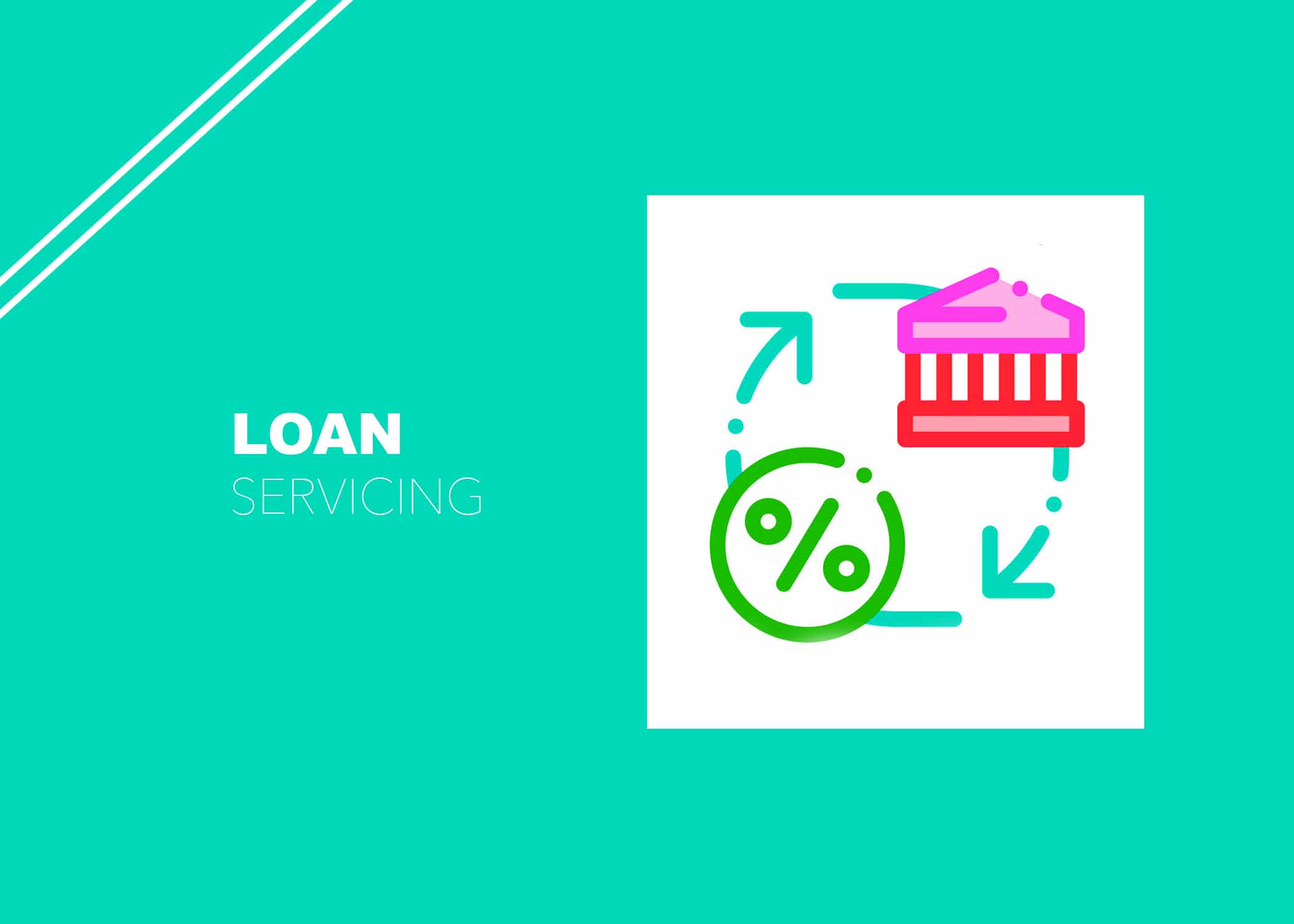Loan servicing plays a crucial role in the borrowing process, yet many people are unfamiliar with what it entails. It is a critical component of the lending process, ensuring that borrowers’ accounts are managed effectively and in compliance with relevant regulations.
Luckily, in this comprehensive guide, we’ll break down the concept of loan servicing, explaining its importance, how it works, and what borrowers need to know.

What is Loan Servicing?
Loan servicing encompasses a broad array of administrative responsibilities that come into play once a loan has been issued to a borrower. These tasks go beyond the initial disbursement of funds and are vital for ensuring the smooth management of the loan throughout its term.
From the meticulous collection of payments to the diligent maintenance of borrower records, loan servicing entails a comprehensive range of activities aimed at facilitating a positive borrower experience and safeguarding the interests of both lenders and borrowers alike.
Additionally, loan servicers play a crucial role in addressing any customer service inquiries or concerns that may arise throughout the life of the loan, serving as a reliable point of contact for borrowers seeking assistance or clarification regarding their loan terms and conditions.
Read Also: How to Get a Private Investor Loan
Types of Loan Servicing
Loan servicing comes in different types, depending on the kind of loan and the needs of the borrower;
Mortgage Loan Servicing: This type of loan servicing is common for home loans. Mortgage servicers handle tasks like collecting monthly payments, managing escrow accounts, and helping borrowers if they fall behind on payments.
Student Loan Servicing: For student loans, servicers manage things like processing payments, handling deferment or forbearance requests, and providing information to borrowers about repayment options.
Auto Loan Servicing: Auto loan servicers deal with tasks such as processing payments, maintaining accurate records, and helping borrowers with any issues related to their car loans.
Personal Loan Servicing: Servicing for personal loans involves collecting payments, updating account information, and assisting borrowers with questions or concerns about their loans.
Commercial Loan Servicing: For business loans, servicers handle tasks like payment processing, account maintenance, and providing support to borrowers if they face financial difficulties.
Each type of loan servicing is tailored to the specific needs of the borrower and the terms of the loan agreement.
Importance of Loan Servicing
Loan servicing is essential for both lenders and borrowers for several reasons;
Payment Collection
Loan servicers ensure that borrowers make timely payments according to the terms of their loan agreement. This helps lenders maintain a steady stream of revenue and reduces the risk of default.
Account Management
Servicers keep detailed records of borrowers’ accounts, including payment history, outstanding balances, and contact information. This information helps lenders track the performance of their loan portfolios and identify any potential issues early on.
Customer Service
Loan servicers act as the primary point of contact for borrowers, addressing their questions, concerns, and requests related to their loans. Providing responsive and helpful customer service enhances the borrower experience and fosters positive relationships between borrowers and lenders.
Compliance
Servicers ensure that loans are serviced in compliance with relevant laws, regulations, and industry standards. This includes adhering to guidelines set forth by regulatory agencies such as the Consumer Financial Protection Bureau (CFPB) to protect borrowers’ rights and prevent abusive practices.
How Does Loan Servicing Work?
Loan servicing involves a variety of important tasks to make sure loans run smoothly;
Payment Processing
Loan servicers collect payments from borrowers every month. They split these payments into different parts, like paying off the loan itself, interest, taxes, and insurance.
Account Maintenance
Servicers keep careful records of borrowers’ accounts. They note down things like when payments are made, how much money is in the account, and the borrower’s contact details. They also update this information when needed and help with closing accounts when the loan is paid off.
Escrow Management
Some loans have something called an escrow account. This is where money is kept to pay for things like property taxes and home insurance. Loan servicers take care of managing this money and making sure these bills get paid on time.
Communication
Loan servicers keep in touch with borrowers regularly. They send out statements, remind borrowers when payments are due, and let them know about any changes to their accounts.
Handling Defaults
If borrowers don’t make their payments on time or stop paying altogether, servicers step in to help. They might offer different ways to help borrowers catch up on missed payments. In serious cases, they might need to start foreclosure proceedings to take back the property.
Checkout: How to Get a Private Loan for a House
How does the loan servicer handle escrow accounts for taxes and insurance?
The loan servicer manages escrow accounts for taxes and insurance by collecting a portion of the borrower’s monthly payment to cover these expenses. They ensure that enough funds are available in the escrow account.
This is done to pay property taxes and homeowners insurance when they come due. Additionally, the servicer handles the disbursement of these payments directly to the appropriate tax authority. This helps ensure that property taxes and insurance premiums are paid on time. Thus reducing the risk of lapses in coverage or tax liens on the property.
What is the process for making loan payments?
The process for making loan payments typically involves several options provided by the loan servicer. Borrowers can make payments online through the servicer’s website or mobile app, set up automatic payments through their bank account, mail a check or money order to the servicer’s payment processing centre, or make payments in person at designated locations if available.
The servicer ensures that payments are properly credited to the borrower’s account and maintains records of payment history. Borrowers need to follow the instructions provided by the servicer to ensure timely and accurate payment processing.


